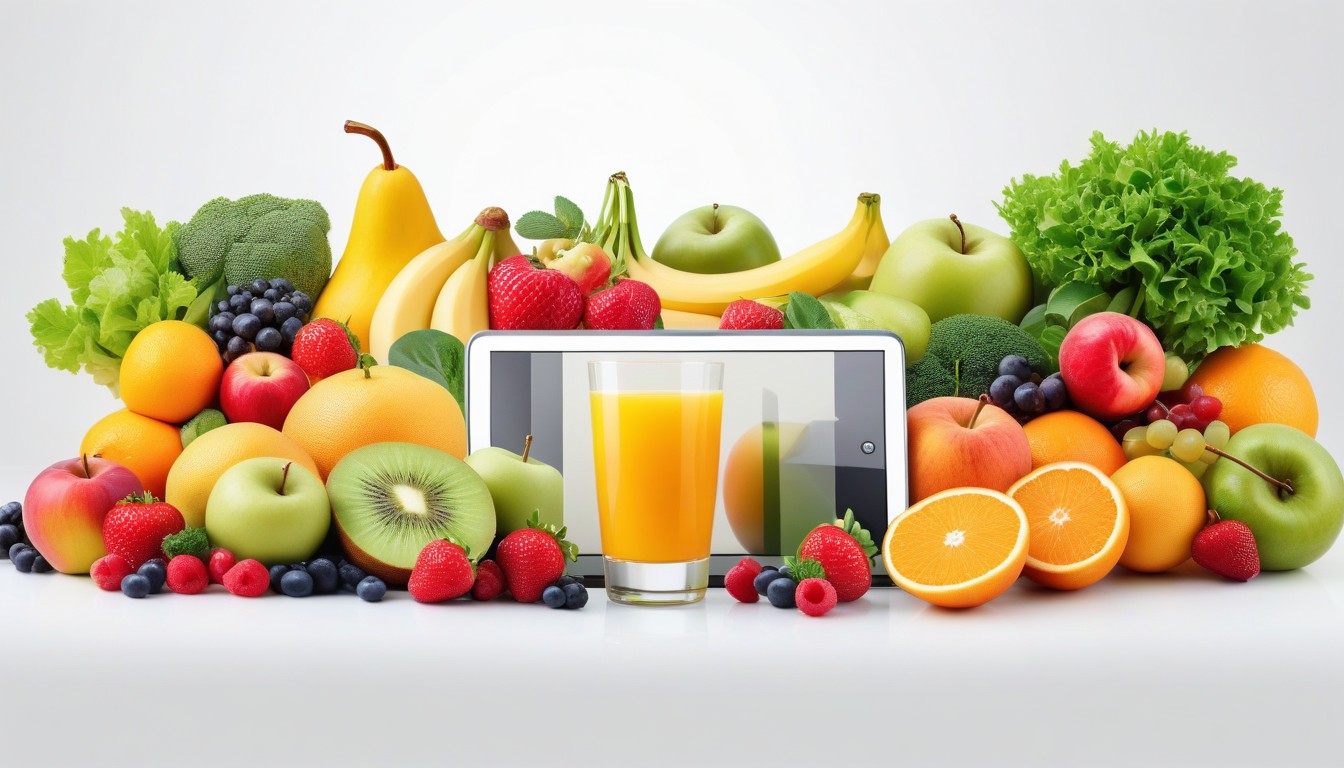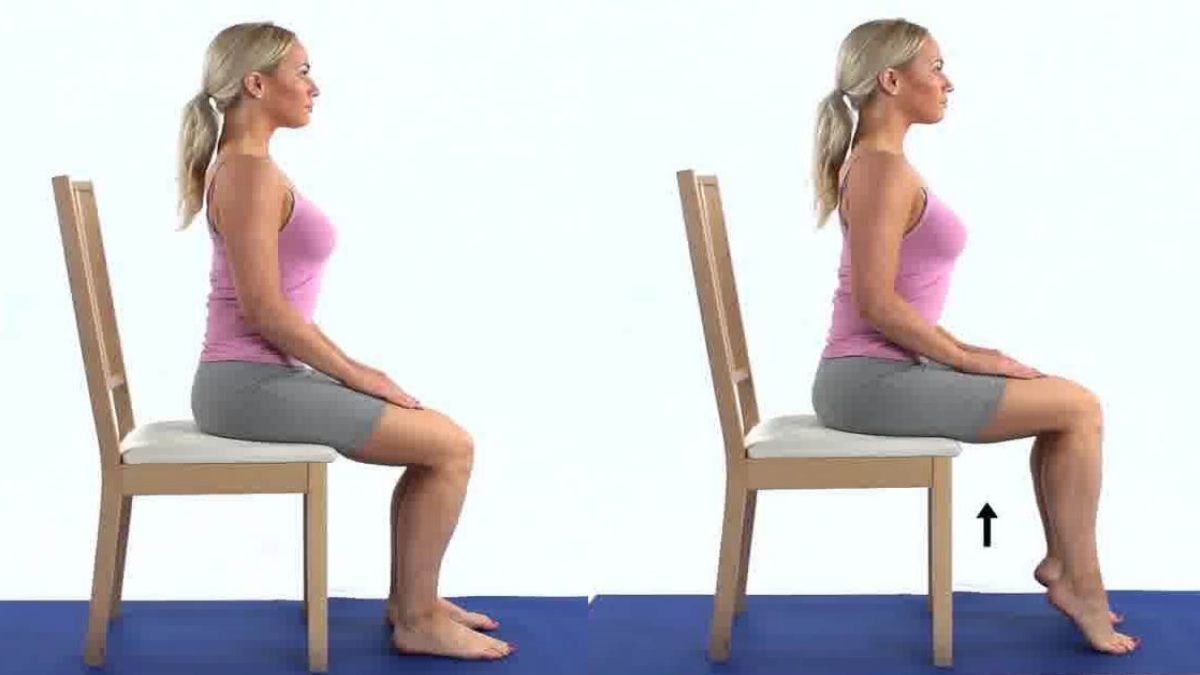Our expertise extends to the realm of Food Exchange Systems, where we explore revolutionary approaches to optimize dietary choices. By investigating the intricate relationship between nutrition and metabolic function, we aim to provide practical solutions for individuals seeking sustainable and effective dietary management.
Abstract
The energy and macronutrient contents in one serving size of all selected foods were calculated by using Sri Lankan Food Composition Table 2021… Foods were divided into 7 groups.
Key words: Energy, Macro nutrients, Food Composition Tables,
- Introduction
Prior to the development of the food exchange system in 1950, meal planning for persons in the US with diabetes was chaotic, with no agreement among major organizations involved with diabetes and nutrition. The food exchange system was created by the American Diabetic Association, American Dietetic Association, and the US Public Health Services, as a meal planning guide primarily for diabetics. The goal was to develop an educational tool for persons with diabetes that would provide uniformity in meal planning and allow for the inclusion of a wider variety of foods. (MURPHY, 2001)
Scientist took foods in standard amounts and analyzed them for their nutrient content and calories. The results were averaged out and foods with similar nutrients and caloric content were placed in the appropriate food exchange group. The word exchange refers to the fact that each item on a particular list in the portion listed may be interchanged with any other food item on the same list. An exchange can be explained as a substitution, choice, or serving. The food exchange system includes six groups of food, each group of foods are placed in a food exchange list. The food exchange lists are: Fruits, Vegetables, Milk, Starches, Fats, Meats and Meat Substitutes. The foods in each individual group have a similar number of calories and nutrients such as carbohydrates, fat and protein. Each list is a group of measured or weighted foods of approximately the same nutritional value. Within each food list one exchange is approximately equal to another in calories, carbohydrate, protein, and fat.
Some foods in the exchange system are considered free. Any food or drink that has less than 20 calories and 5 grams or less of carbohydrate a serving is considered a free food. Many foods are made up of more than one food category, so they will not fall nicely in just one of the exchange lists. These types of foods are known as “combination foods”.
On the other hand, food preferences, and cultural traditions differ greatly between countries. These unique characteristics can be considered by a country-specific system, which can then offer food suggestions that are in line with regional preferences and practices. (Aida Maribel Chisaguano, 2023) The accessibility of specific foods and ingredients might vary greatly between countries. A country-specific system can suggest items that are easily available and reasonably priced in the local market, making it simpler for people to adhere to the dietary recommendations without facing considerable obstacles. Different regions have different levels of dietary nutrition. A country-specific system can give more precise details on the nutritional content of locally accessible foods, enabling people with obesity and metabolic syndrome to make educated diet decisions. Obesity and metabolic syndrome prevalence rates and health disparities can vary significantly between countries. A specifically designed food exchange system can accommodate the Sri Lankan’s population’s dietary requirements and unique health issues, potentially improving health results. Food labeling, laws, and portion sizes might vary from one country to another. A country-specific system can include regional laws and norms in its suggestions, ensuring that people easily understand and put the advice into practice. It is simpler to convey dietary recommendations to the local people when a country-specific food exchange system is incorporated into public health campaigns. Additionally, it can assist medical practitioners in giving their patients advice that is more individualized. Establishing a country-specific system can help people with diabetes feel more a part of a community and receive support. People’s motivation and adherence to the diet can be improved when they can identify with the dietary advice and can relate to others who are dealing with similar difficulties.
- Methodology
Foods that are commonly consumed in Sri Lanka were recognized buy a reviewing food item of Sri Lankan Food Composition Table 2021 and searching for foods that are frequently consumed in Sri Lanka but do not belong on the current list of food exchanges.
Following identification, foods are divided into seven classes. They are dairy, fruits, vegetables, green leaves, carbs, proteins, and recipes. Foods that cannot be classified into other categories are included in the recipe group. Moreover, foods that are difficult to classify into one category, (such as fried rice and kottu, are high in fat and carbohydrates).
For the fruits,
The following equations were used to calculate the yielding factors and macro nutrient content in cooked portion.
Equation
(1) Yielding factor = Cooked weight (g)/ Raw weight (g)
For the calculations on boiled foods,
(2) Nutrient content in 100g cooked food = Nutrient content in 100g raw food/ YF
(3) Nutrient content in cooked portion = (Nutrient content in 100g cooked food/100g) x Weight of cooked portion.
For the recipe or mixed dishes’ calculations,
(4) Ingredient 1= NV1 x RF1
Ingredient 2= NV2 x RF2
Ingredient 3= NV3 x RF3
Recipe = Sum of above x 1/YF
(NV= Nutrient Value, YF= Yielding Factor, RF= Retention Factor)
(Yalini Shanmuganathan, 2017)
- Results
Group A: starches
UVA001- Bread
| One exchange | CHO (g) | Protein (g) | Fat (g) | Energy (kcal) | |
| Current | 1 Bread slice (length 9.5cm, thickness 1.5cm) or 1 | 15-17 | 3 | 0-1 | 89 |
| New | 1 Bread slice (length 11.5cm, thickness 1 cm, weight 23g) | 14.5 | 1.9 | 0.9 | 73.46 |
UVA002- Sandwich bread
| One exchange | CHO (g) | Protein (g) | Fat (g) | Energy (kcal) | |
| Current | 1 ½ slices of cut bread (35-40g) | 15-17 | 3 | 0-1 | 89 |
| New | 1 Bread slice (length 9.5cm, width 9cm, thickness 1 cm, weight 26.95g) | 26.61 | 3.6 | 0.88 | 130.97 |
Group D: Dairy
UVD001- Set yogurt
| One exchange | CHO (g) | Protein (g) | Fat (g) | Energy (kcal) | |
| Current | Set yogurt (80mL) | 12 | 3 | 3 | 87 |
| New | Set yogurt (80mL) | 11.28 | 2.88 | 2.48 | 79.2 |
Group E: Fruits
UVE001.2-Banana, ripe, Kolikuttu
| One exchange | CHO (g) | Protein (g) | Fat (g) | Energy (kcal) | |
| Current | 1medium size banana (45-50g) | 7-10 | – | – | 40 |
| New | 1medium size banana (weight 56.2g, length 10.3cm) | 13.44 | 0.77 | 0.19 | 60.13 |
UVE001.3-Banana, ripe, Ambul
| One exchange | CHO (g) | Protein (g) | Fat (g) | Energy (kcal) | |
| Current | 1medium size banana (45-50g) | 7-10 | – | – | 40 |
| New | 1medium size banana (weight 59.2g, length 9.4cm) | 13.84 | 0.66 | 0.65 | 64.53 |
UVE001.4-Anamalu
| One exchange | CHO (g) | Protein (g) | Fat (g) | Energy (kcal) | |
| Current | 1medium size banana (45-50g) | 7-10 | – | – | 40 |
| New | 1medium size banana (weight 223.8 g, length 21.4cm) | 50.36 | 2.33 | 1.61 | 228.28 |
UVE002- Apple
UVE002.1- Apple, red
| One exchange | CHO (g) | Protein (g) | Fat (g) | Energy (kcal) | |
| Current | ½ of apple (70g) | 7-10 | – | – | 40 |
| New | ½ of apple (141.2/2= 70.6 g) | 9.26 | 0.20 | 0.45 | 43.77 |
UVE003- Mango
UVE003.1-Mango, ripe, Vilad
| One exchange | CHO (g) | Protein (g) | Fat (g) | Energy (kcal) | |
| Current | ½ of mango (72g) | 7-10 | – | – | 40 |
| New | ½ of apple (178/2= 89 g) | 7.5 | 0.68 | 0.52 | 39.16 |
Group F: Vegetables
UVF001- Pumpkin
| One exchange | CHO (g) | Protein (g) | Fat (g) | Energy (kcal) | |
| Current | 3 Table spoons cooked vegetables (48-60g) | 1-4 | 0-2 | 0-0.5 | 29 |
| New |
UVF002- Cucumber
| One exchange | CHO (g) | Protein (g) | Fat (g) | Energy (kcal) | |
| Current | 3 Table spoons cooked vegetables (48-60g) | 1-4 | 0-2 | 0-0.5 | 29 |
| New | 2.45- 3.06 | 0.50- 0.62 | 0.21- 0.26 | 14.13- 17.66 |
UVF002- Kakiri
| One exchange | CHO (g) | Protein (g) | Fat (g) | Energy (kcal) | |
| Current | 3 Table spoons cooked vegetables (48-60g) | 1-4 | 0-2 | 0-0.5 | 29 |
| New | 8.42- 10.52 | 0.84- 1.05 | 1.02- 1.28 | 26.60- 33.26 |
- Discussion
- Conclusion
Appendix




